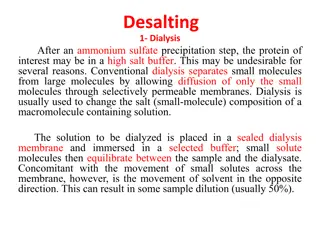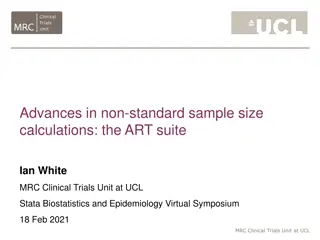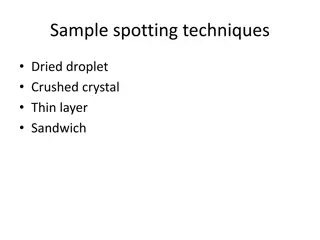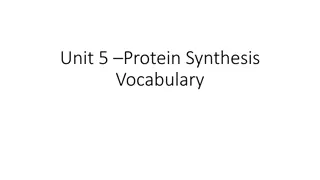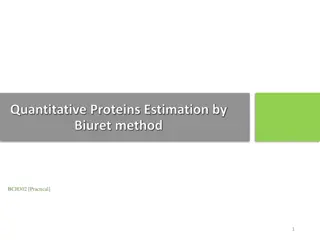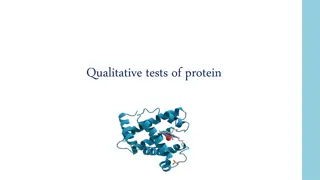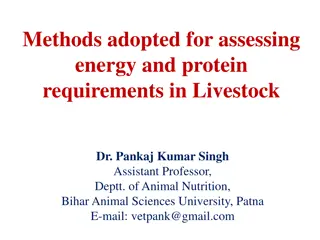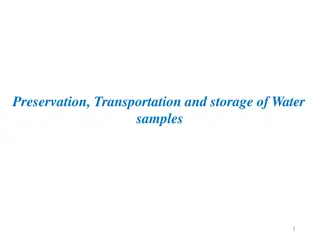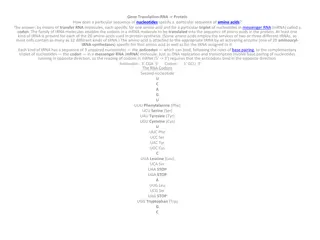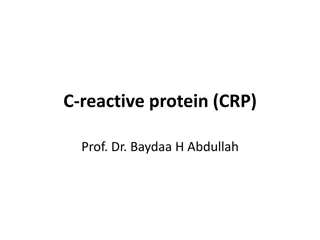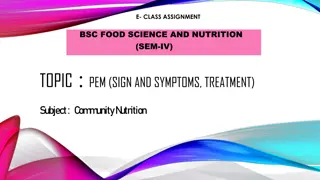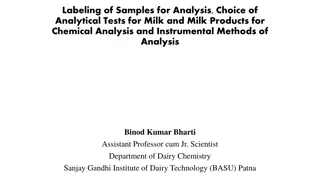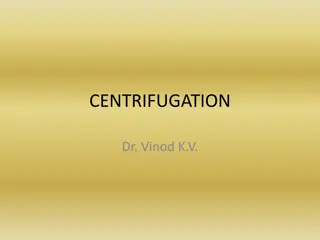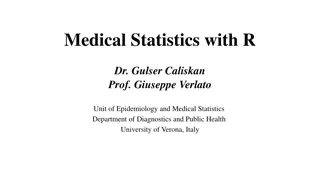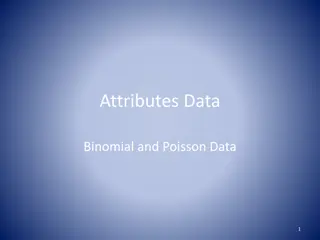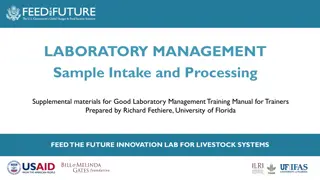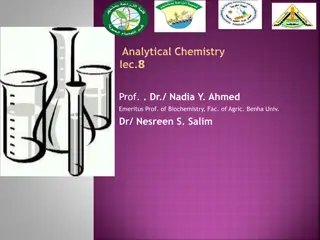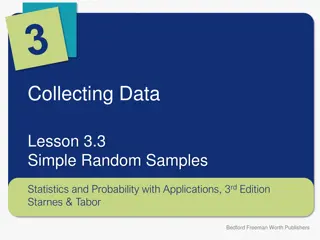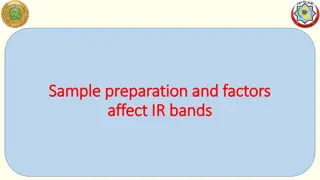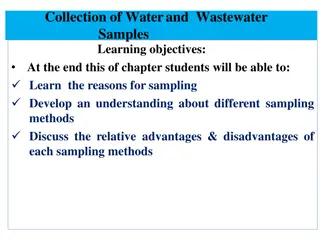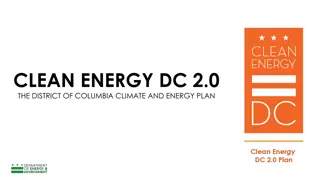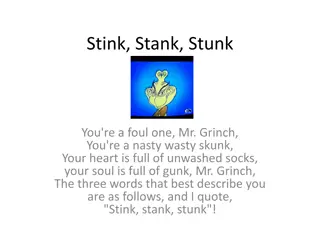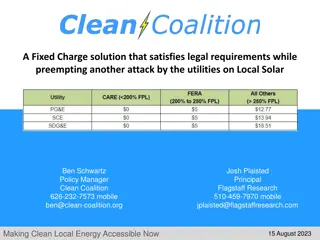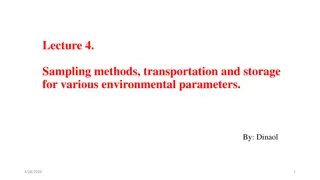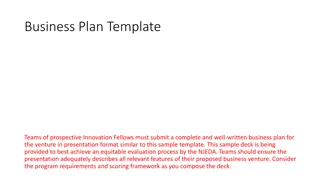Protein Sample Clean-Up Methods for MALDI Analysis
Protein sample clean-up for MALDI involves removing various contaminants like buffer, salts, urea, guanidine, EDTA, glycerol, DMSO, and detergents through methods such as dilution, washing, drop dialysis, cation exchange, and solid phase extraction using Zip tips. The process aims to reduce interference and improve analysis performance by minimizing buffer concentrations and avoiding certain substances. Techniques like sample dilution, on-plate washing, drop dialysis, cation exchange, and solid phase extraction are crucial steps in preparing protein/peptide samples for MALDI analysis.
Download Presentation

Please find below an Image/Link to download the presentation.
The content on the website is provided AS IS for your information and personal use only. It may not be sold, licensed, or shared on other websites without obtaining consent from the author. Download presentation by click this link. If you encounter any issues during the download, it is possible that the publisher has removed the file from their server.
E N D
Presentation Transcript
Sample clean-up (MALDI) Removal of buffer, salts, urea, guanidine, EDTA, glycerol, DMSO, detergents Dilution Washing Drop Dialysis Cation Exchange Zip Tips
Typical contaminants in protein/peptide samples No interference: TFA, formic acid, acetic acid, - mercaptoethanol, DTT, HCl, NH4OH. Tolerable (<50 mM): HEPES, MOPS, Tris, NH4OAc. Minimizing buffer concentrations improves performance. Avoid: Glycerol, sodium azide, DMSO, SDS, phosphate, NaCl, Urea (> 2M), guanidine (>2M)
Sample Dilution The goal is to dilute the contaminants to the point where they no longer interfere with the analysis of the sample. Requires high enough analyte concentration in the sample to provide acceptable data after dilution.
On-Plate Washing Buffer and salt removal Dry sample and matrix Deposit 1 - 2 L cold 0.1% TFA Leave for 5 - 10 sec, then remove Detergent contamination use 5% isopropanol - cold Cell extract contamination Use 100% isopropanol- cold
Drop Dialysis To remove low molecular weight contaminants. Fill a 250 mL container with ultra pure water. Float the membrane on the water (shiny side up). Place 10 - 25 L of sample solution on the membrane. Add 1 L of AcN to sample spot to increase surface area, Allow to sit for approximately 45 min. Remove with pipette, add matrix, spot.
Cation Exchange For removal of alkali metal ions. Prepare resin in NH4+form according to instructions. Place app. 0.1 mg of beads on a clear piece of parafilm. Add 5 L of sample and 5 L matrix to beads to make a slurry (the slurry should be app. 50% beads). Slowly mix up and down with a pipette 10 - 15 times. Allow beads to settle for 15 - 30 sec. Pipette supernatant onto sample plate. Avoid getting beads onto plate. Does not work for positively charged species.
Solid Phase Extraction - Zip Tip Zip tip - miniature column chromatography. Standard C18 zip tips have 0.6 L bed volume. Micro C18 zip tips have 0.2 L bed volume - better for automation. C4 zip tips for clean-up of protein samples. Other types available, e.g. metalchelating for phosphor peptides and cation exchange.
Procedure for Zip Tip Use Condition the tip according to instructions. Load the sample onto the tip by pipetting 5 - 10 L of sample up and down several times and discard the liquid. Wash with 3 x 10 L 0.1% TFA to remove salts. Elute the sample using 30 - 70% AcN or matrix.



